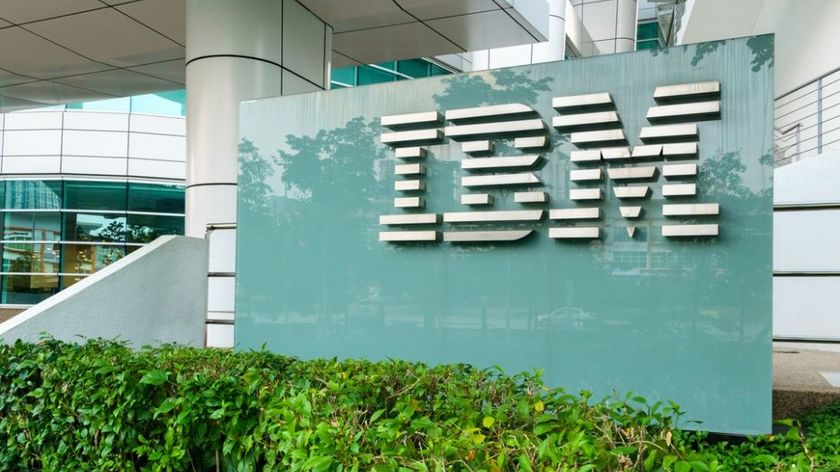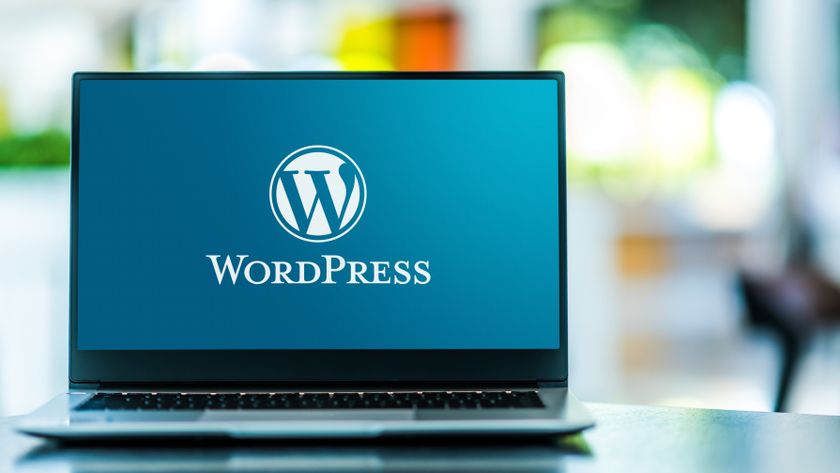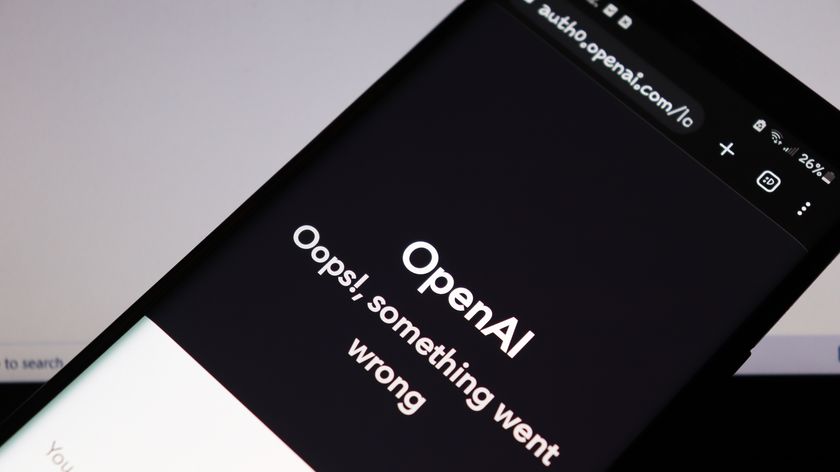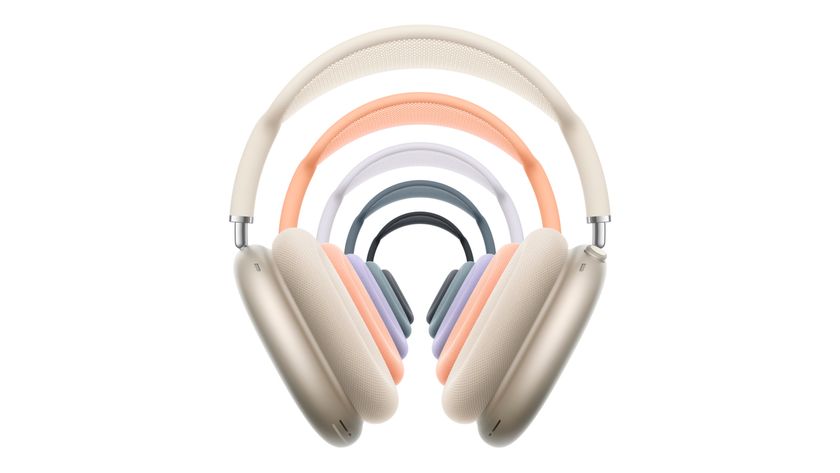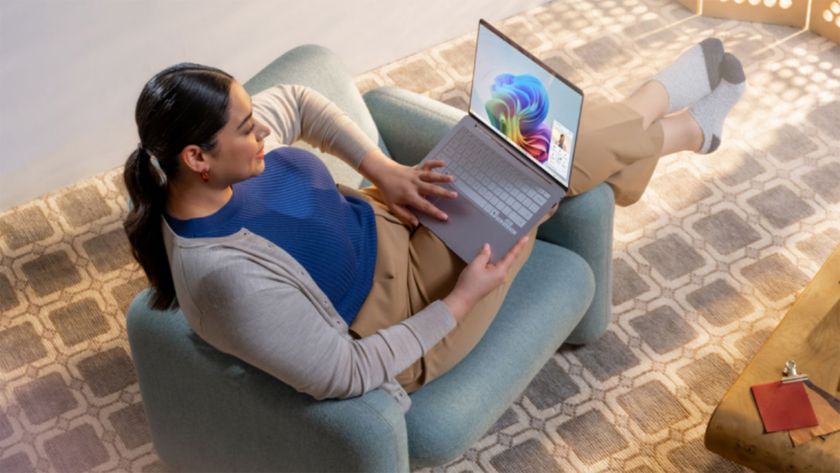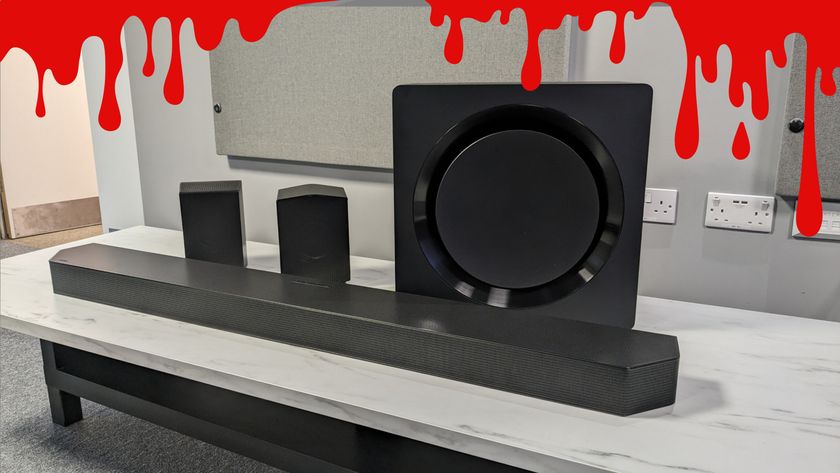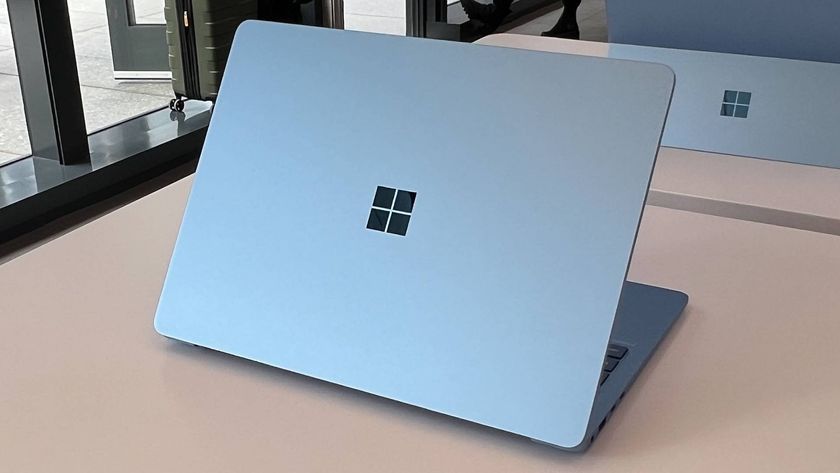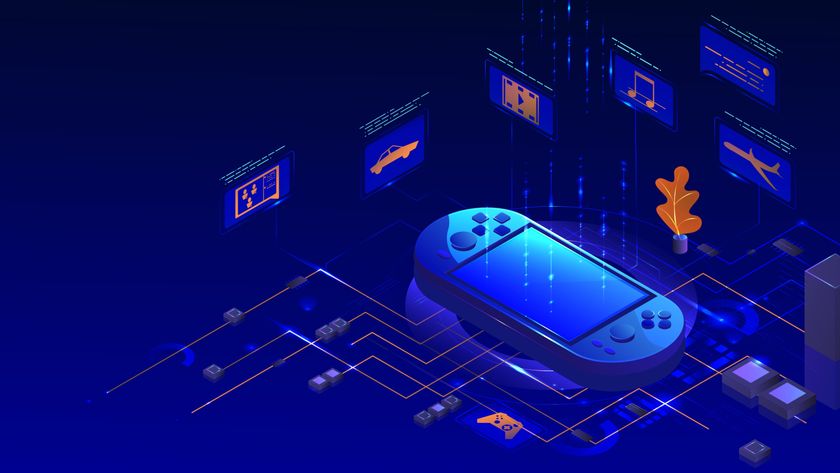The future home hospital: why security and ease of use are paramount
The Internet of Things is turning the home hospital into a reality

Films have long been imagining the home of the future. Back to the Future II famously showed McFly's house being controlled by voice recognition technology. It had dust-repellent paper, food re-hydrators and a flying fruit bowl. But in reality, the home of the future will be much more pragmatic – it will be developed with practical aspects in mind such as security, energy savings and, above all, home healthcare. Each will have two things in common: they must be secure and easy to use.
Our homes are not just a roof over our heads. With the innovative technologies now available, we don't live our lives in the same way and our homes are evolving with us. Our games consoles, televisions and smart meters are already providing us with entertainment in our living rooms and making things in our everyday lives more convenient. The digital revolution has opened the home up to the outside world, including the hospital.
Healthcare in the home
The connected home is pivotal to the future of healthcare. 2014 was a year of connected health devices, with gadgets being unveiled that can remotely connect a patient's hearing aid to a TV via Bluetooth; a video game being released for remote rehabilitation; and sensors being developed that, once ingested, can predict the chances of becoming ill.
It's not just technology that's pushing this innovation though. Improving quality of care alongside managing costs is the biggest challenge the NHS is facing at the moment, especially with a £20 billion savings target to meet. Although work is underway on a number of initiatives, and healthcare organisations are pioneering digital treatments such as remote stroke diagnosis, the responsibility largely falls on community healthcare professionals to provide treatment.
This pressure on digital innovation in the healthcare sector is also being felt across the pond, as it was recently suggested that remote care could halve the average annual medical expenditure of $14,000 (around £9,200) that it currently costs to treat a person with diabetes in the US.
The connected home, however, will really open up the future of healthcare. As technology evolves and consumers become more comfortable with the Internet of Things (IoT), our homes will become the base for most of our medical needs. Visiting the doctor's surgery for a check-up will become a thing of the past.
It will be possible to link devices dedicated to patient healthcare to the entire medical team, the GP and hospital staff. At the same time, remote consultations can take place over videoconferencing, which can provide a vital lifeline for those in remote locations or unable to get to hospital on their own. There is even speculation about the possibility of a 24/7 digital healthcare assistant. This digitalisation of healthcare will increase convenience and generate huge cost and resource savings.
Are you a pro? Subscribe to our newsletter
Sign up to the TechRadar Pro newsletter to get all the top news, opinion, features and guidance your business needs to succeed!
How are we rejuvenating healthcare?
The good news is that the foundations are already in place, with 77% of UK homes being connected to the internet either through ADSL, cable, fibre optic or satellite. And the general public is also welcoming healthcare into their homes. According to a survey by Intel, 84% of the 12,000 patients sampled were willing to share personal healthcare information to lower costs to the system, and 72% were willing to see a doctor by videoconference for a non-urgent appointment.
Protecting our digital health
But our homes are our castles and security is imperative to the success of the connected home, especially when it concerns our health. With more internet enabled devices, there are more doors open to potential security and privacy breaches. Keeping patient records out of the wrong hands is going to be one of the biggest challenges of digital health. A data breach may result in the confidential medical information of thousands being leaked into the public domain. There's still plenty of public concern about sharing even anonymised health data.
For home healthcare to be a success, it's essential that the security of transmissions, the authentication of devices and users, as well as the traceability of transactions, are taken into account – and that the public has confidence in them.
There needs to be a secure layer between our devices and the internet and it needs to be the same across the board, even if we bring in new data governance to manage it. An API Gateway will control access and block attacks to these devices, while managing the access that developers have to the API, ensuring that innovation isn't prohibited.
To encourage adoption and really benefit from the connected home, access to these new technologies must be simple and secure. Convenience and innovation aside, if patients aren't comfortable using these technologies, healthcare in the home just won't take off.
- Bruno Cambounet is Vice President at Axway and manages the Vertical Markets across EMEA Marketing

